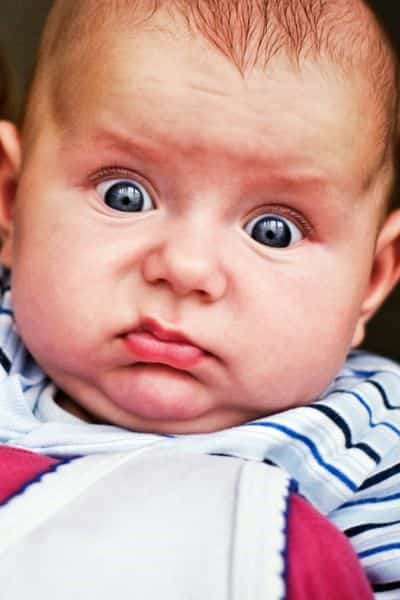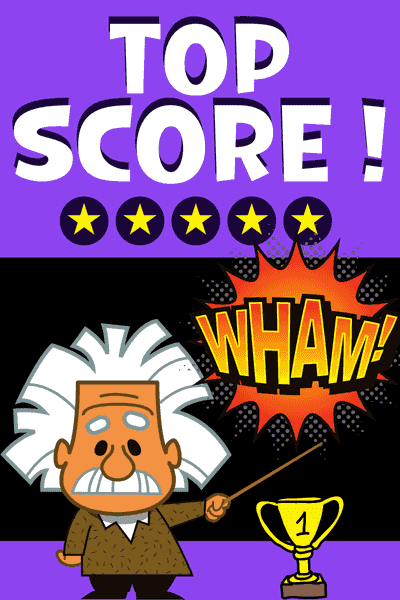The heart can repair itself if it is damaged.
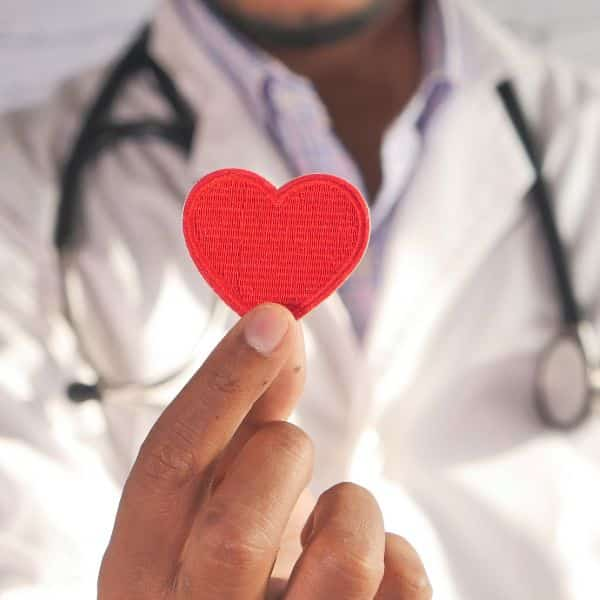
The heart muscle has a limited ability to repair itself. Damage to the heart muscle can lead to heart failure.
The right ventricle pumps blood to the lungs.
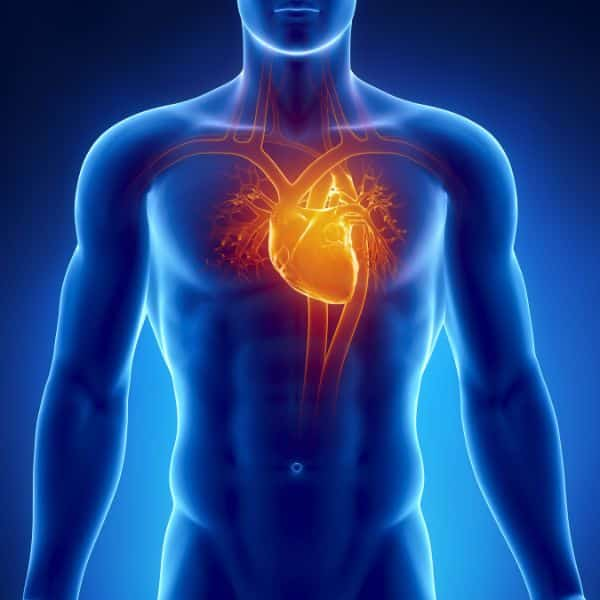
The right ventricle pumps oxygen-poor blood to the lungs for oxygenation.
The heart has its own electrical conduction system.

The heart has a specialized conduction system that coordinates the contraction of the heart muscle.
High blood pressure can damage the heart.

High blood pressure can cause the heart to work harder and can damage the blood vessels, leading to heart disease.
Blood pressure in the range of 120/80 - 129/80 is considered stage 1 hypertension.

120-129/less than 80 is considered elevated blood pressure-NOT stage 1 hypertension.
According to research, a magnesium deficiency, or restricted intake, increases irregular heartbeats known as arrhythmias.

Advertisement
The heart is protected by the ribcage.
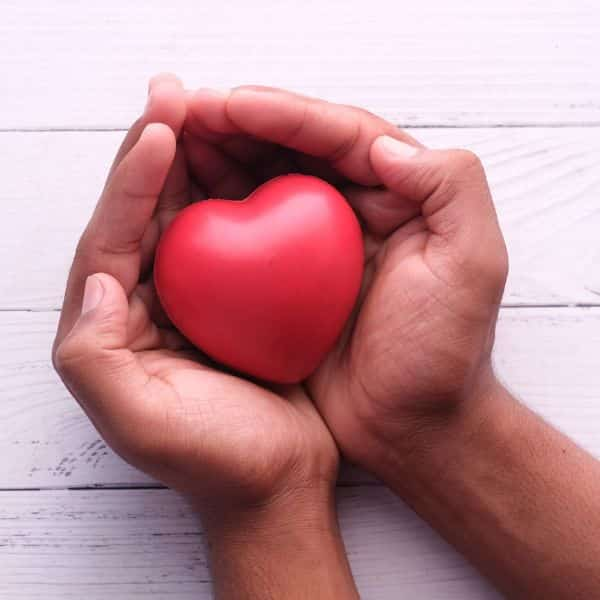
The heart is protected by the ribcage and the breastbone.
The left ventricle pumps blood to the body.

The left ventricle pumps oxygen-rich blood to the body through the aorta.
The human heart has four chambers.

The human heart has two atria and two ventricles.
The heart pumps more blood per minute when we are exercising.

During exercise, the heart pumps more blood per minute to meet the increased oxygen demands of the muscles.
The sinoatrial (SA) node is the pacemaker of the heart.

The SA node generates electrical impulses that initiate each heartbeat.
The right atrium receives oxygen-rich blood from the lungs.

The left atrium receives oxygen-rich blood from the lungs.
Advertisement
The heart has four blood vessels.

The heart has four valves and four blood vessels, the vena cava, pulmonary artery, pulmonary vein, and aorta.
Blood pressure has a daily pattern. It usually starts to rise before waking up and peaks around noon. Then drops back down in the evening.

The heart is located on the right side of the body.

The heart is located in the middle of the chest, slightly to the left side.
